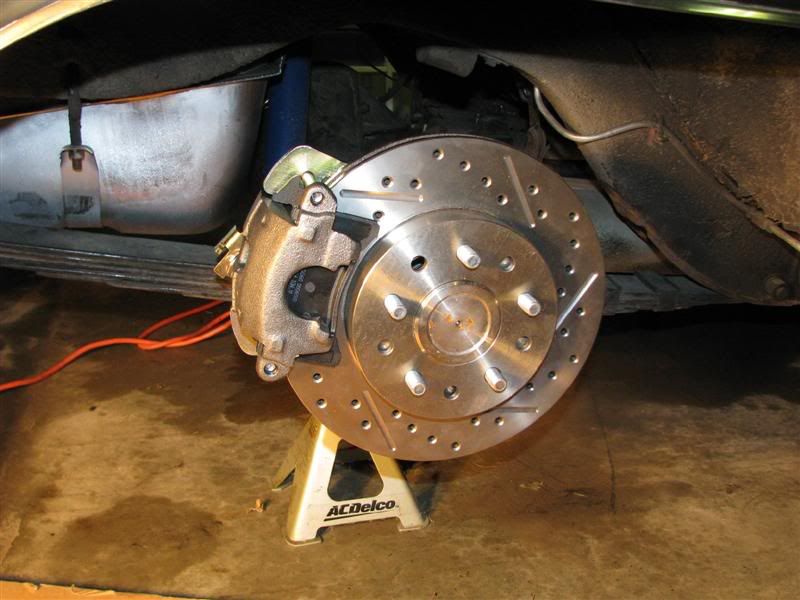Heres what Dr Diff offers.Several people here have been very happy with his parts and support/service.
Aluminum master cylinder package. Kit includes 1 1/32″ bore master cylinder with level reservoir, billet aluminum adapter and push rod retainer. Correct bore for most Mopar musclecars $85
DoctorDiff Hemi brake booster assemblies:
Complete assemblies with brackets, linkage, rebuilt booster and master cylinder:
1. With Hemi bolt pattern Bendix booster $1000
2. With Wedge bolt pattern Bendix booster $850
DoctorDiff Hemi brake booster brackets:
Kits include brackets, linkage, retaining plates, push rod boot and hardware (no booster):
1. Hemi bolt pattern Bendix booster $250
2. Wedge bolt pattern Bendix booster $250
Hemi Booster kits available for:
1. 66-70 B-bodies
2. 71-74 B-bodies/70-74 E-bodies (add $35 for firewall stiffening plate)
DoctorDiff 14″ front disc brake kit includes loaded second generation Viper calipers, billet steel caliper brackets, billet aluminum hubs, slotted, plated rotors, bearings, seals, dust caps, stainless flex lines and hardware. All new parts $2000
DoctorDiff 13″ front disc brake kit includes loaded Cobra calipers, billet aluminum caliper brackets, rotors, hubs, bearings, seals, dust caps, stainless flex lines and hardware. All new parts $800
DoctorDiff 10.7″ econo rear disc brake kit includes loaded Cobra calipers with internal parking brake, 2 piece steel caliper brackets, rotors, stainless flex lines and hardware. All new parts $500
DoctorDiff 10.7″ rear disc brake kit includes loaded Cobra calipers with internal parking brake, billet aluminum caliper brackets, rotors, stainless flex lines and hardware. All new parts $625
DoctorDiff 11.7″ rear disc brake kit includes loaded Cobra calipers with internal parking brake, billet aluminum caliper brackets, rotors, stainless flex lines and hardware. All new parts $600
DoctorDiff 13″ rear disc brake kit includes loaded Cobra calipers with internal parking brake, billet aluminum caliper brackets, rotors, stainless flex lines and hardware. All new parts $700
I take Visa, MC, Discover and money orders.
[email protected]
(406) 883-4772
Websight.
http://www.doctordiff.com/?page_id=41
Im in no way associated so dont worry,not trying to sell anything.

















